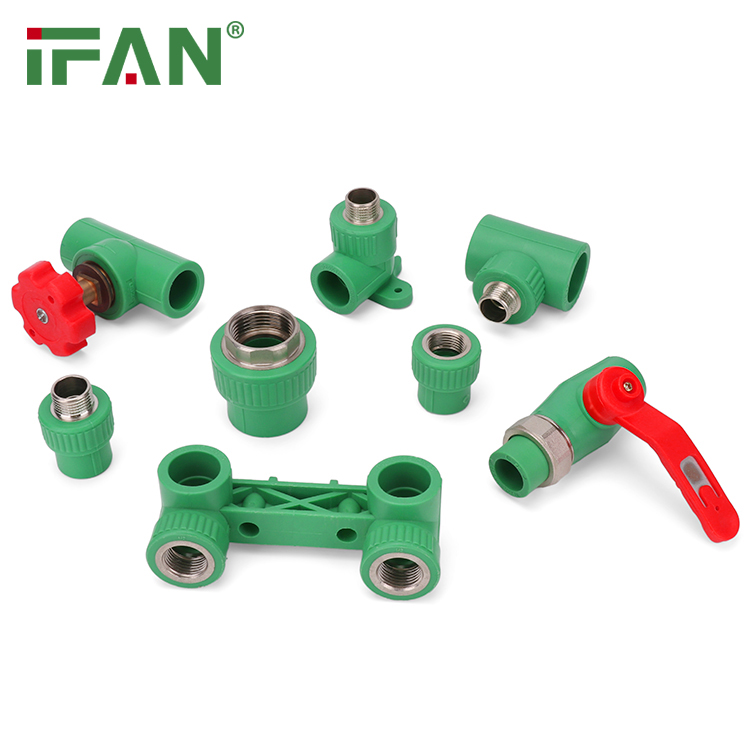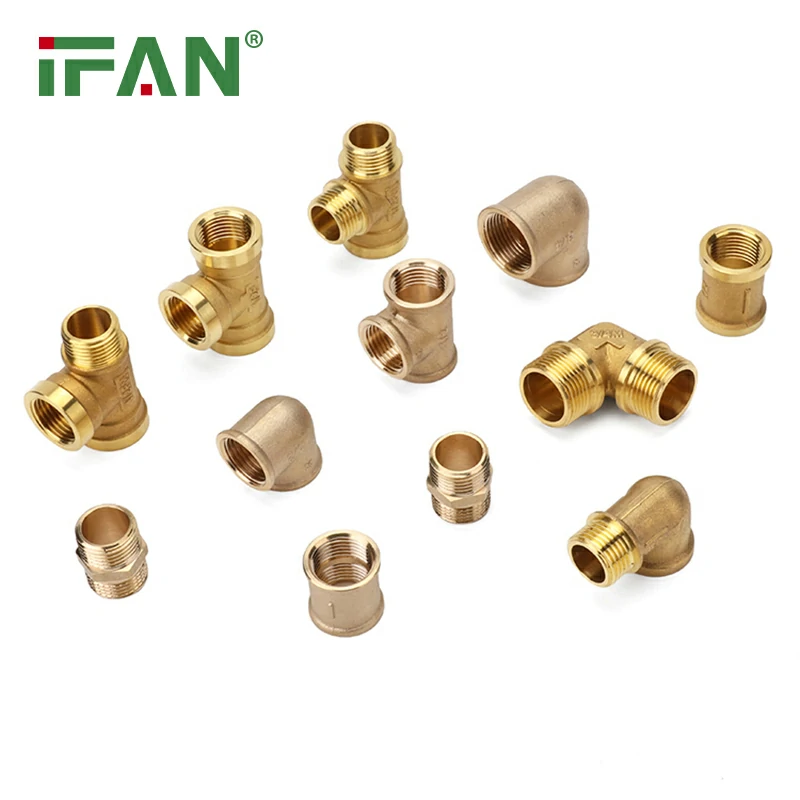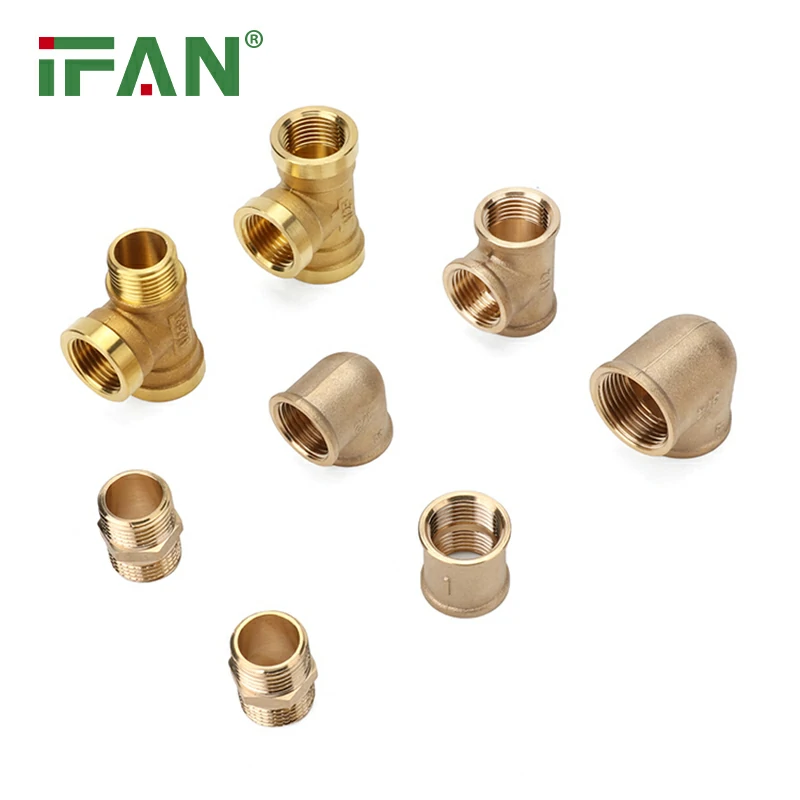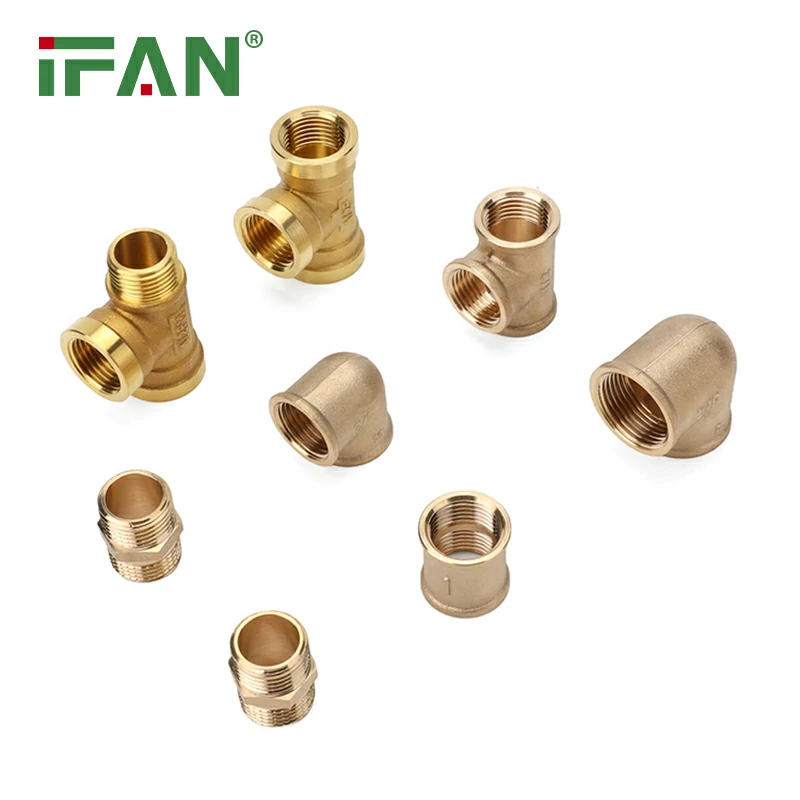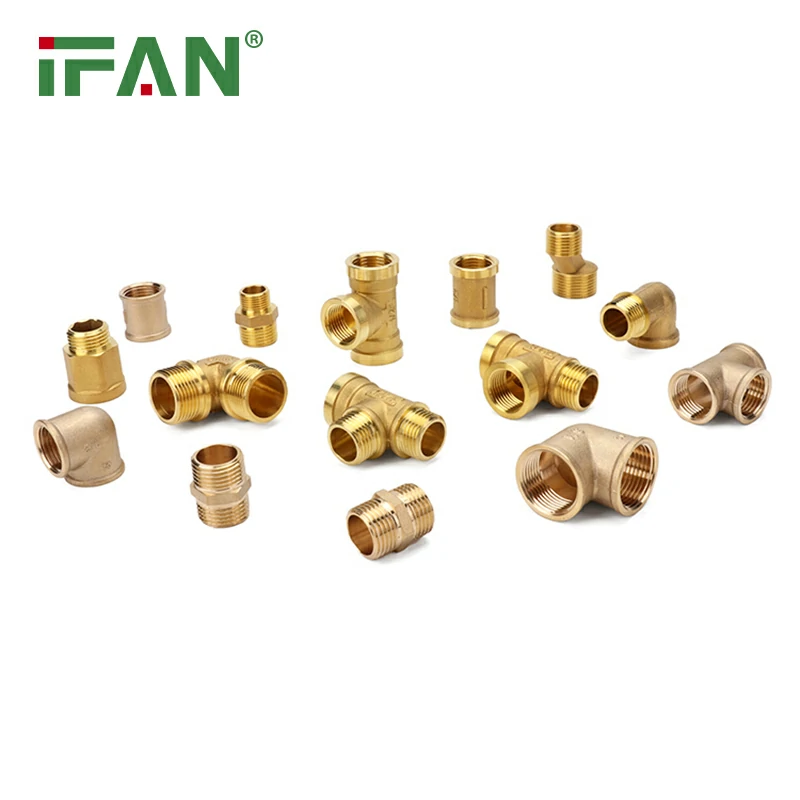PPR pipe fittings have emerged as a reliable and sustainable plumbing solution for modern infrastructure projects. Their unique features and benefits make them the preferred choice of engineers and contractors worldwide. In this article, we will explore the reasons why PPR pipe fittings are a sustainable plumbing solution.
Firstly, PPR pipe fittings are made from a robust thermoplastic material that is resistant to high temperatures and pressure. This makes them ideal for use in hot water systems, HVAC systems, and other high-pressure applications. PPR pipes are also lightweight and easy to install, reducing the overall installation time and cost.
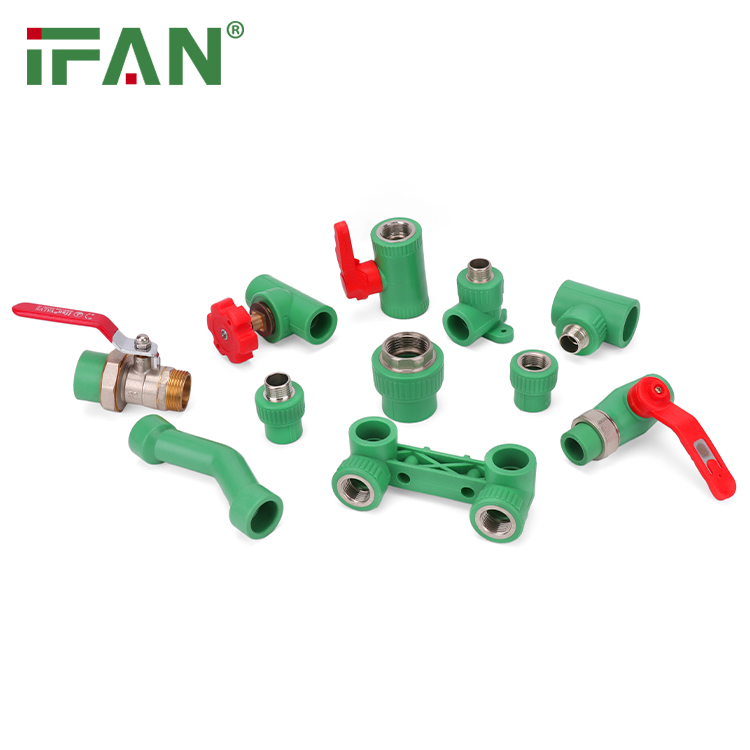
Secondly, PPR pipes have a smooth inner surface that prevents scale build-up and corrosion. This ensures the integrity of the piping system, reduces maintenance and repair costs, and prolongs the lifespan of the system. Furthermore, PPR pipes do not require any special tools or equipment for installation, making them a cost-effective solution for plumbing and piping needs.
Thirdly, PPR pipes are environmentally friendly and easily recyclable. They do not contain any harmful chemicals or substances that can harm the environment, and they are recyclable and can be repurposed after their useful life is over. This reduces waste and promotes sustainability, making PPR pipe fittings a preferred choice for eco-conscious builders and contractors.
In addition, PPR pipe fittings are easy to repair and maintain, reducing the downtime and cost associated with repairs. Their seamless and jointless design makes them easy to clean, ensuring that they remain hygienic and free from bacterial growth. PPR pipes also have high resistance to chemical and UV exposure, making them ideal for outdoor use.
